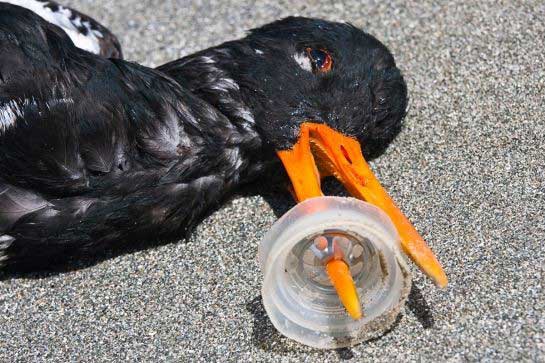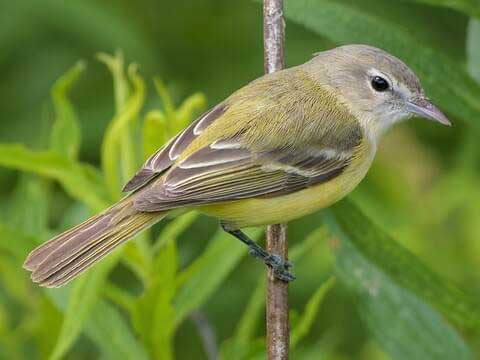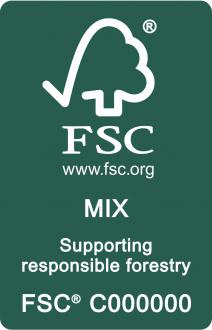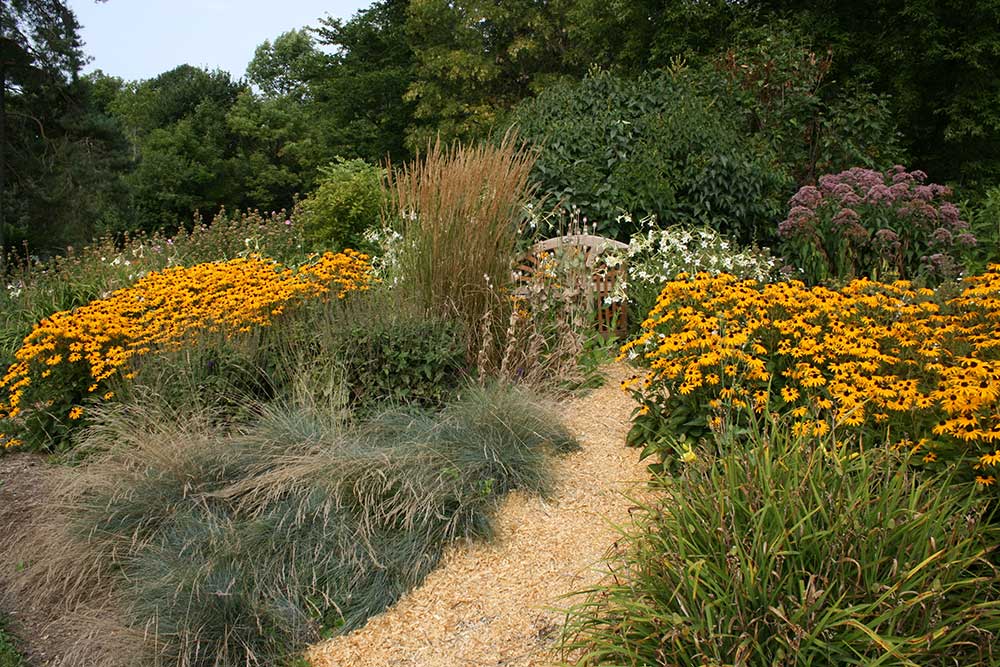How YOU can Help Birds
How YOU can Help Birds
Pelee Island and the other islands in the western end of Lake Erie support a vast biodiversity of flora and fauna. Kilometres of shoreline, unique alvars, and Carolinian forests provide critical stopover habitats for migrating birds. They also host permanent nesting sites for resident bird populations, both terrestrial and coastal. Lake Erie is a shallow lake, not much more than a dozen metres deep at its western end, and the water is therefore warm, relatively clear and full of nutrients – it is, in fact, the most productive aquatic habitat in the Great Lakes.
Ontario Natural Heritage currently lists more than 150 bird species on the Canadian western Lake Erie islands alone, 11 of which are globally rare, including the Yellow-crowned night-heron, Cave swallow, Virginia’s warbler, and Bell’s vireo. These extraordinary and fragile island ecosystems in the heart of industrialized North America require determined conservation efforts by individuals and governments as well as community-based education and stewardship programs.
Choose Bird-Friendly
Even the smallest decisions can have enormous impacts on the environment, many of them directly affecting bird habitat. Here are some simple ways to keep birds—and humans—healthier.
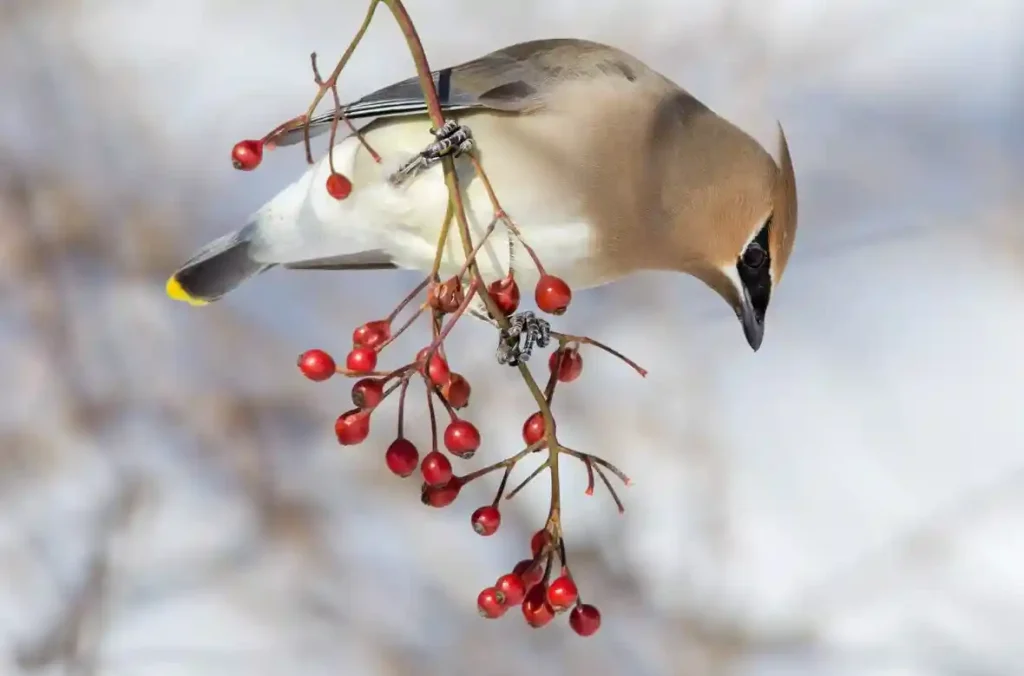
A Cedar waxwing feasts on berries. Photo credit: Peter Brannon
Planting for birds
Mid-August might seem a bit late – or a bit early – to be planning a garden, but in fact now is the perfect time for designing a garden that will be attractive to birds. For example, fall is the best time to plant shrubs that will produce berries next summer. And seed catalogues are sent out in January, and it’s always good to have in mind exactly what seed- and nectar-producing perennials you’ll want to order that will entice birds to your garden between spring and fall migrations.
Choosing plants to attract birds is not complicated, but there are considerations to keep in mind. One is to stick to native plants, since birds that come to or live in your area have evolved to look for those plants, and may not recognize imported plants as food sources. Second, arrange for a wide variety of plants that cover the three main foods birds look for: berries, seeds, and nectar. Third, have the garden ready in the spring so birds will discover your garden in the summer, when they are feeding their young, and return to it in the fall, when they are busily storing energy for the long migration.
Berries. Plant shrubs for berries in September or October. Serviceberry, dogwood and chokecherry shrubs produce early in the summer, and their berries will attract robins, cedar waxwings, cardinals, and other large berry-eating birds. Viburnum produces berries in the fall, and also provides great explosions of colour in the garden. Huckleberries are rich in fats and carbohydrates: robins and Cedar waxwings gorge on them. Throughout the summer, shrubs also attract caterpillars, and therefore provide protein for growing nestlings.
Seeds. Seed-bearing plants are for fall birds. Be sure to choose a range of plants to produce seeds of varying sizes, from tiny grass seeds to large sunflower seeds. Also choose plants that carry their seeds at different heights from the ground. Finches love coneflower seeds, as well as seeds of goldenrod and asters, all of which sprout up to half a metre from the ground. Smaller birds that are usually found hopping on the ground look for such grasses as Prairie dropseed, switchgrass, and coreopsi, (aka tickweed). Trees also produce food for birds. Fall species (especially Blue jays) will feed on acorns, Cedar waxwings (as their name implies) love conifers, and many birds, such as Blue jays, chickadees, nuthatches, and Tufted titmice, like many kinds of native nut trees, including hemlock, birch and walnuts. Trees and shrubs also provide nesting and perching sites.
Hummingbirds eat a lot of insects, but 20 percent of their diet consists of nectar. They prefer red plants with tubular flowers, such as Cardinal flower, columbine, Bee balm, Trumpet honeysuckle (which also produce berries in August), and Joe-pye weed.
Now is also a good idea to think of plants that provide nesting material for birds. The silk tassels from cornstalks and milkweed pods are excellent: they may arrive too late for nest-building birds, but you can pick them, store them over the winter, and put them out in the spring.
Birds spend most of their waking hours foraging for food, and sprawling urbanization and global warming are reducing the quantities of food sources for a great many species. Anything we can do to provide nourishment and shelter will help to slow down the alarming decline in songbirds that are now preparing for their fall migration.
Shade-grown, organic, fair-trade coffee
South American coffee plantation owners routinely cut down native forests in order to plant coffee trees, even though coffee grows just as well in shade as it does in full sun. Leaving forests intact provides more habitat for birds, conserves the soil, and reduces the need for pesticides. Buying shade-grown coffee such as Balzac’s Atwood Blend is a win-win-win for birds, farmers, and consumers.
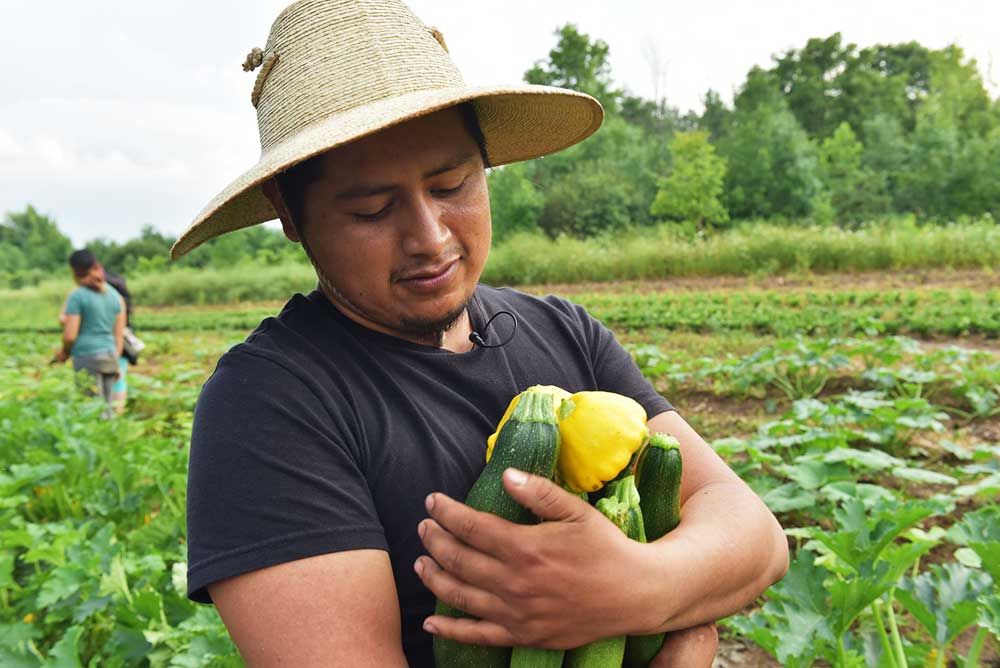
Organic produce
Fruit from Latin America, such as pineapples and bananas, are typically grown using vast amounts of pesticides. The cultivation of pineapples, for example, can require up to 16 different chemicals, including diazinon, diuron, carbofuran, and chloropyrifos. Groups such as Earth to Tables Legacies encourage farmers in Mexico, Brazil, and Colombia to reduce their dependence on chemicals, which can quickly work their way up the food chain to birds and, ultimately, to us.
North American crops such as alfalfa, soybeans, Brussels sprouts, celery, corn, cotton, cranberries and potatoes are also heavy users of agricultural chemicals that are harmful to birds. Many crops are now genetically modified to make them more resistant to insects and diseases. The long-term effects of these practices are still unknown.
Wood and paper products certified by the FSC
The Forest Stewardship Council (FSC) is a global, not-for-profit organization working to ensure that forest-product companies adhere to best-practices guidelines. Endorsed by leading environmental groups such as the World Wildlife Fund and Greenpeace, the FSC aims to ensure that forest products continue to enrich our lives without destroying the homes of birds and other wildlife. Look for the FSC logo on new wood and paper.
You can also opt for recycled paper. Recycling reduces the amount of chemicals used in the production of diapers, toilet paper, coffee filters, newspapers and the other paper products we use daily. It also cuts down on the number of trees that need to be harvested each year to make those items.
Turn off your lights at night
And lobby the owners of high office towers to turn off theirs. Most birds migrate at night, and every year millions are killed by flying into tall, brightly lit buildings. An estimated 200,000 birds are killed in building collisions in New York City alone, and the Fatal Light Awareness Program calculates that a billion birds die this way every year. Turning off office-tower lights also saves energy.
Avoid Bird-Window Collisions
Even during the day, birds can be confused by reflections off glass windows: they see the reflections, not the glass. Every year in Canada up to 42 million birds die from flying into glass. You can make your windows safer by installing netting about 3 inches from the outside of the glass. Bird Tape is translucent, allowing light in, but also cuts down on reflections. Collision stickers, mylar strips, and even coloured masking tape can save millions of birds’ lives each year.
Find out how collision-proof your house is. Then learn how to make your house safer for birds.
Keep your cats indoors at night
Cats are nocturnal predators. Scientists estimate they kill an average of 1.3 to 4 billion birds annually. Admittedly, feral cats are the worst offenders, but a quarter of bird deaths are caused by domestic cats—and that’s still a lot of birds. It is estimated that cats have contributed significantly to the extinction of 33 species of birds, worldwide.

Garden with native plants
Native plants produce seeds and attract insects that are native to an area, and thus provide food for migrating birds that, over past millennia, have evolved to expect those seeds and insects to be available. Resident birds will also appreciate the familiar sources of food and nesting sites.
Use less plastic
Plastic takes a long time to decompose, but when it does, it breaks down into microscopic particles that end up in the soil, lakes and rivers. Every year, 8 million tons of plastic enter the oceans to become “microplastics” that are eventually consumed by fish, which in turn are eaten by birds. Most bird deaths, however, are caused by entanglement in plastic, which eventually leads to starvation. Reducing our use of plastics makes a lot of bird sense.
